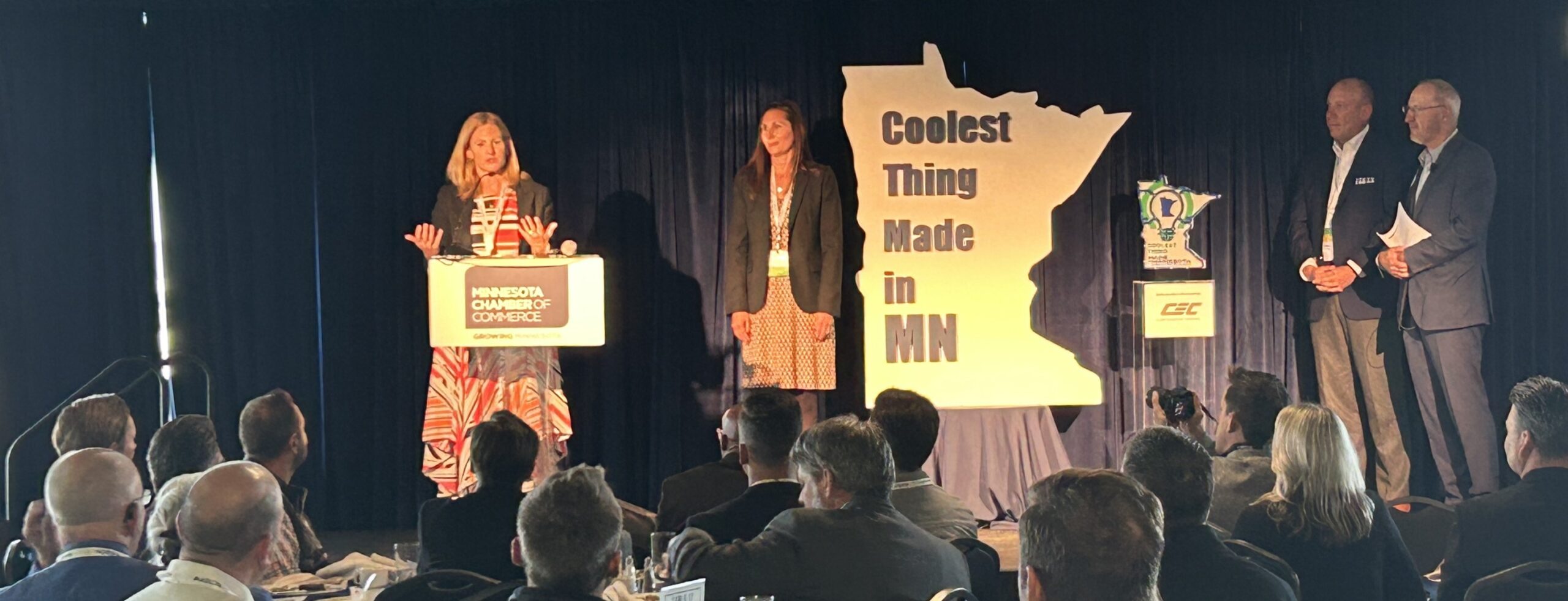Most of us recognize really good and really bad B2B healthcare messaging when we see it. As with a lot of things, it’s usually easier to diagnose than it is to cure. Especially when it’s your own messaging. Based on our experience helping companies refine and perfect their messaging, here’s our take on some of the most common messaging mistakes made by healthcare companies. This can serve as a good checklist for companies that are evaluating the wellness of their messaging and looking for ways to improve it.
Brevity is the best remedy
If you need a 30-page PowerPoint deck to tell your story, your readers might not have a pulse. If prospects have to dig to understand what you do, you’ve lost them. If a journalist can’t grasp your story in a headline, they won’t write your story. It’s that simple. Many companies suffer from this messaging ailment at one point in time, especially in the early days. Whether you’re on Twitter or not, the exercise of capturing your story in 140 characters or less will help you narrow your focus and value proposition. If you find this difficult to do, seek outside perspectives and support. You may be too close to the messaging to see what’s superfluous and therefore confusing or masking your most important points.
Go generic
I’m not talking about generic drugs or medical devices. I’m talking about using language that’s universal. Your story should be easy to understand, whether the target audience has experience in your category or not. Use everyday vocabulary and avoid formal speak. Don’t be afraid to speak with candor and be human. Straight talk with personality is refreshing and allows you to connect with your readers in a meaningful way.
Focus on the customer benefit
Have you ever walked into the doctor’s office and the physician or nurse won’t stop talking about their day or how busy they are? We’ve all been there before. Chances are, we didn’t go back. We’re not sitting in their office to hear about their life, we’re there to talk about ours. Same could be said about your customers. If your messaging is filled with the pronouns “we” and “our”, you’re talking too much about yourself. To cure this condition, start by making a list of the top challenges or problems your customers face and then describe how your company helps solve them. When writing about the benefit, make the customer the subject, use motivational action words and demonstrate compelling impact. For example, instead of saying: “We’re a healthcare transformation company that helps health systems improve their financial viability.” (Companies actually talk like this by the way.) Say: “Stop the fiscal rupture. Follow these tips to cut your operating budget by 30 percent.”
Avoid the healthcare reform buzzword outbreak
Every company wants to say they are helping to “change the way healthcare is delivered” and “lower the cost of care” and “improve outcomes.” It’s contagious. Elevating your message in a way that demonstrates the ultimate benefit of your offering is important (as pointed out in the previous section). But, it doesn’t sound believable if you don’t include the HOW. You need to clearly connect the dots between the benefit and specifically how your company helps healthcare providers realize that benefit. That doesn’t mean giving away proprietary information, but it does mean describing your solution in an approachable and intuitive manner that makes it clear exactly where you fit in, what you deliver and how you achieve results.



